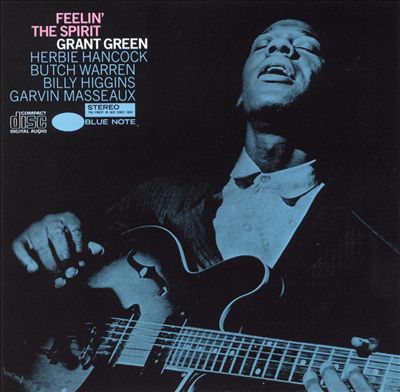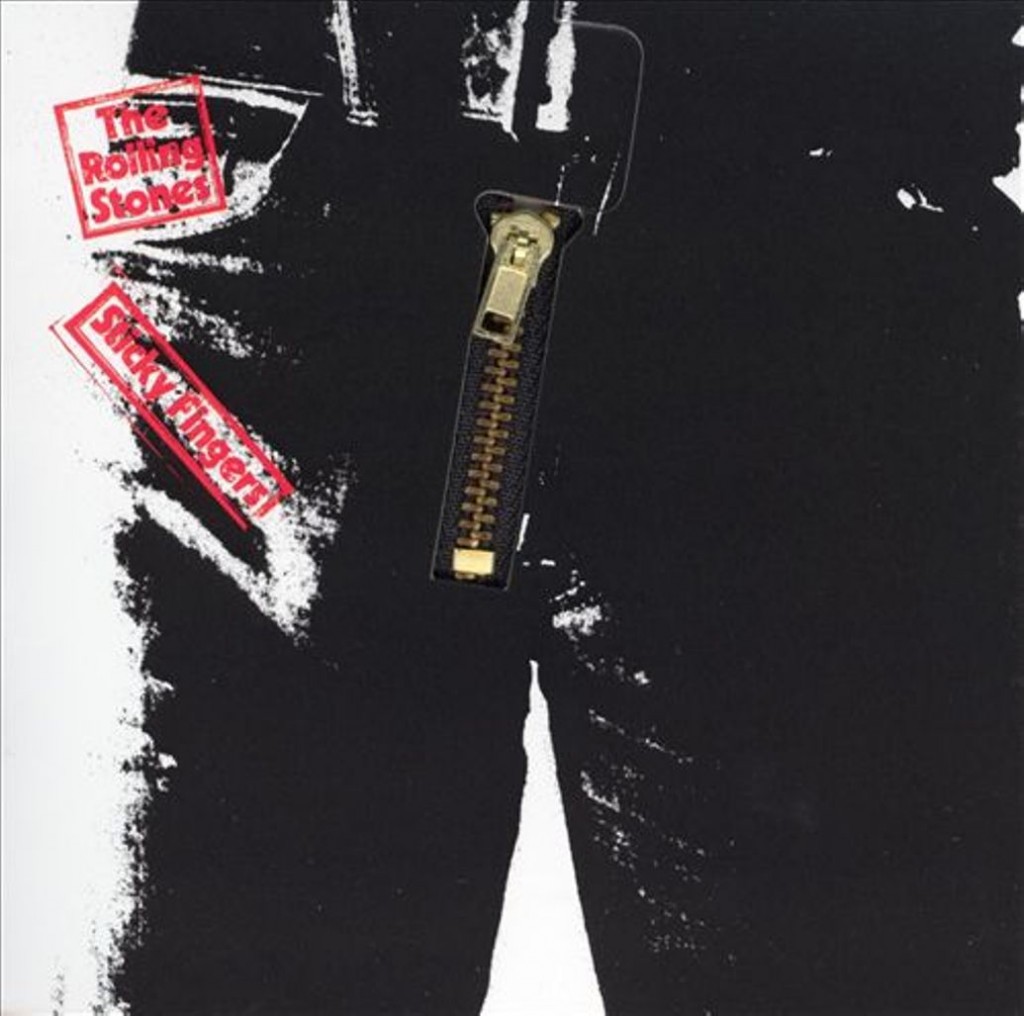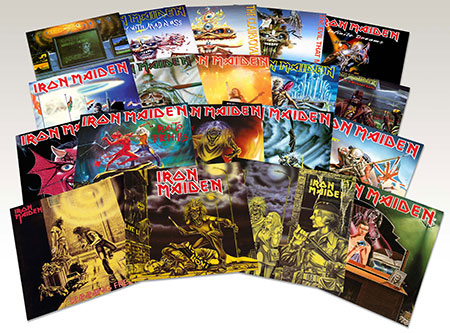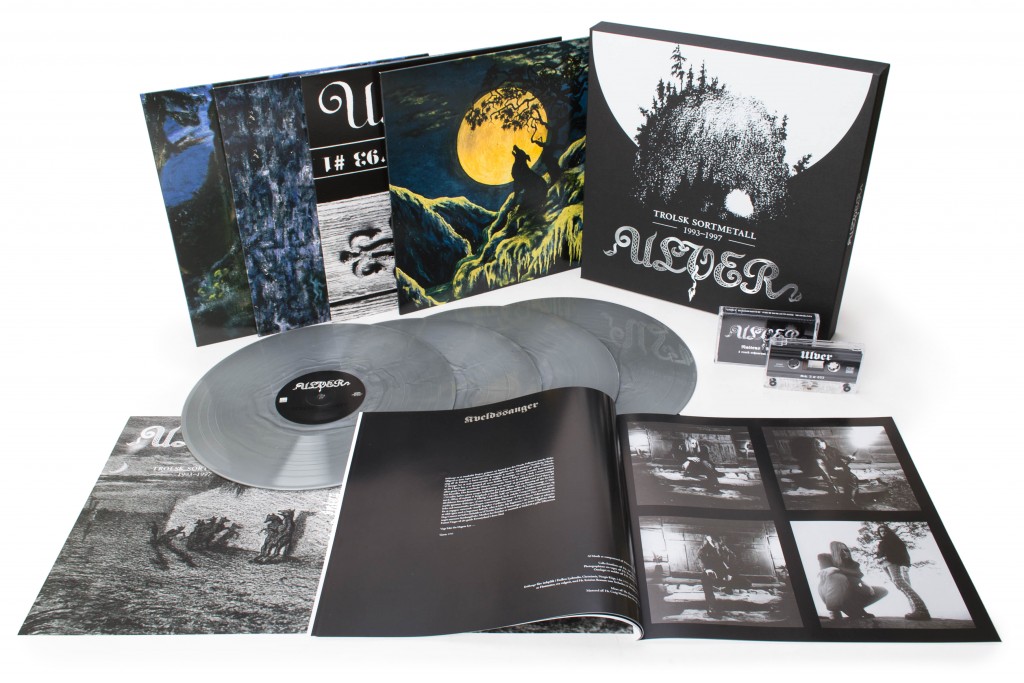This entertaining four-minute post will take you through the history of album art, from vinyl to compact discs, with a finale discussing what content marketers can learn from bands with a thoughtful, creative album packaging strategy.
Anyone who thought that the closing of Tower Records in 2006 would take down vinyl albums with it couldn’t have been more wrong. Starting in 2007—the same year that digital downloads began to replace CDs as the most popular format—vinyl records began to rebound. In 2014, sales of vinyl album increased for the seventh straight year, reaching 9.2 million, a 50-percent leap from the previous year.
Part of vinyl’s appeal to music fans (even those who weren’t exposed to records growing up) is the tangible aspect of vinyl and the packaging. If you look back at records from the 1950s, the covers were little more than photos of the artists. A decade later, Blue Note Records hired graphic designer Reid Miles, whose stylized photos and typography set a new standard for album art by capturing the spirit of the music within.

In ensuing years, the album art and design became more interesting and conceptual. Andy Warhol’s cover for the Rolling Stones’ Sticky Fingers album, complete with a zipper affixed to the front of the album jacket, is a prime example.

At a time when the closest that many people got to seeing their favorite band was the back of an album, packaging was huge. The advent of the double album brought more extras like detailed lyric booklets and posters. Over the years, the best bands have made their album artwork and packaging not just an embodiment of the music but a brand in itself. In some cases, it’s as sought after as the music. Investing in album packaging is an indicator of a band’s connection to its fans.
When the CD era took hold, one of the biggest complaints was that the format marked the death knell for album art. How much could you really do with a 12-square-centimeter cover and thin plastic case? But now that vinyl is back, bands have rediscovered full-size album packaging as a way to appeal directly to their die-hard fans. Each April since 2008, Record Store Day has featured limited releases by top acts and specially designed collections of recordings.
Here we offer examples of bands who understand the power of album art and packaging—and have created indelible and collectible records in the process.
KISS
Probably the first band that became a brand, KISS’s music and theatrical look easily translated into merchandise and helped to create a rabid fan community, the “KISS Army.” The band’s albums always came with extras such as posters, booklets, inserts, and even paper guns to go with their 1977 Love Gun album. The KISS guys were just short of being superhero characters, and kids started to follow individual members (as they did a few years later with the advent of TMNT).
One of their most infamous packaging legacies was created in 1978, when the band released four solo albums—one for each member. The albums shared the same design with different colors (see below). Each record came with a poster of the specific member with cut notches that created a full poster once put together. This creativity was handsomely rewarded; the four albums sold just short of 400,000 copies upon their release in 1978, and they have become huge collector’s items in the years since.

Iron Maiden
Another band with a cultish base of die-hard fans and collectors, Iron Maiden has worked with artist Derek Riggs for more than 30 years. Riggs created the band’s mascot, “Eddie,” who has appeared on all their album covers. The iconic art was so effective in attracting followers in that demand for Riggs’ design skills was pushed to new heights. Iron Maiden released singles for all their albums and instead of reusing or cropping the same piece of art, they hired Riggs to create individual artwork for each single. Below is a photo of all Iron Maiden singles from 1980 to 1990—their first ten years on a major label.

ULVER
Ulver is an underground black metal band from Norway founded in the 1990s. Their first three albums had a distinct sound and artwork that perfectly reflected their mysterious, mournful music. After the third album, the band changed their sound and the albums were released only on CD. The label that had originally released the vinyl albums was small and started to focus more on CDs, so the original pressings became impossible to find. The records have been bootlegged from time to time by fans for fans, but the artwork from CD scans and audio both suffered.
In 2014, the band began working with their old record label on official releases, and the package they came up with is immense (see below). It includes the first three records with original paintings on the cover but stripped of the logos, so the cover is exactly as it always should have been. They added a demo cassette, an extra demo LP, and a beautiful book with lyrics and photos from that era of the band.

Album art can be as important to a band’s reputation as the music
People are clearly searching for a more tangible connection to their music, and this packaging reflects the insight that for true fans, records are more than music; they are experiences, memories, and tangible pieces to be treasured. This resurgence of vinyl has created a lively online community, mostly on YouTube and Facebook, dedicated to talking about records. People update each other on what they bought and show off the cover, inserts, and vinyl. It’s ironic how an analog format brought everyone together on digital channels.
What does all this have to do with content marketing?
In their quest to create unique, desirable album packaging, these bands and record companies are essentially narrow-casting to build long-term relationships. The small numbers of deluxe albums are for loyal fans who will pay a premium and keep coming back.
B2B companies and professional services firms are trying to reach a similarly targeted audience. They can deepen engagement with prospects by being thoughtful about how they package their ideas. If the material supports a more ambitious treatment, a suite of pieces—a short article, an infographic, a presentation for SlideShare—can make the content more accessible and memorable, in addition to offering various angles and levels of depth.
A more creative approach to showcasing your content won’t undermine your ideas—it makes them and your brand that much more likely to be shared and remembered.

Leave a Reply
You must be logged in to post a comment.